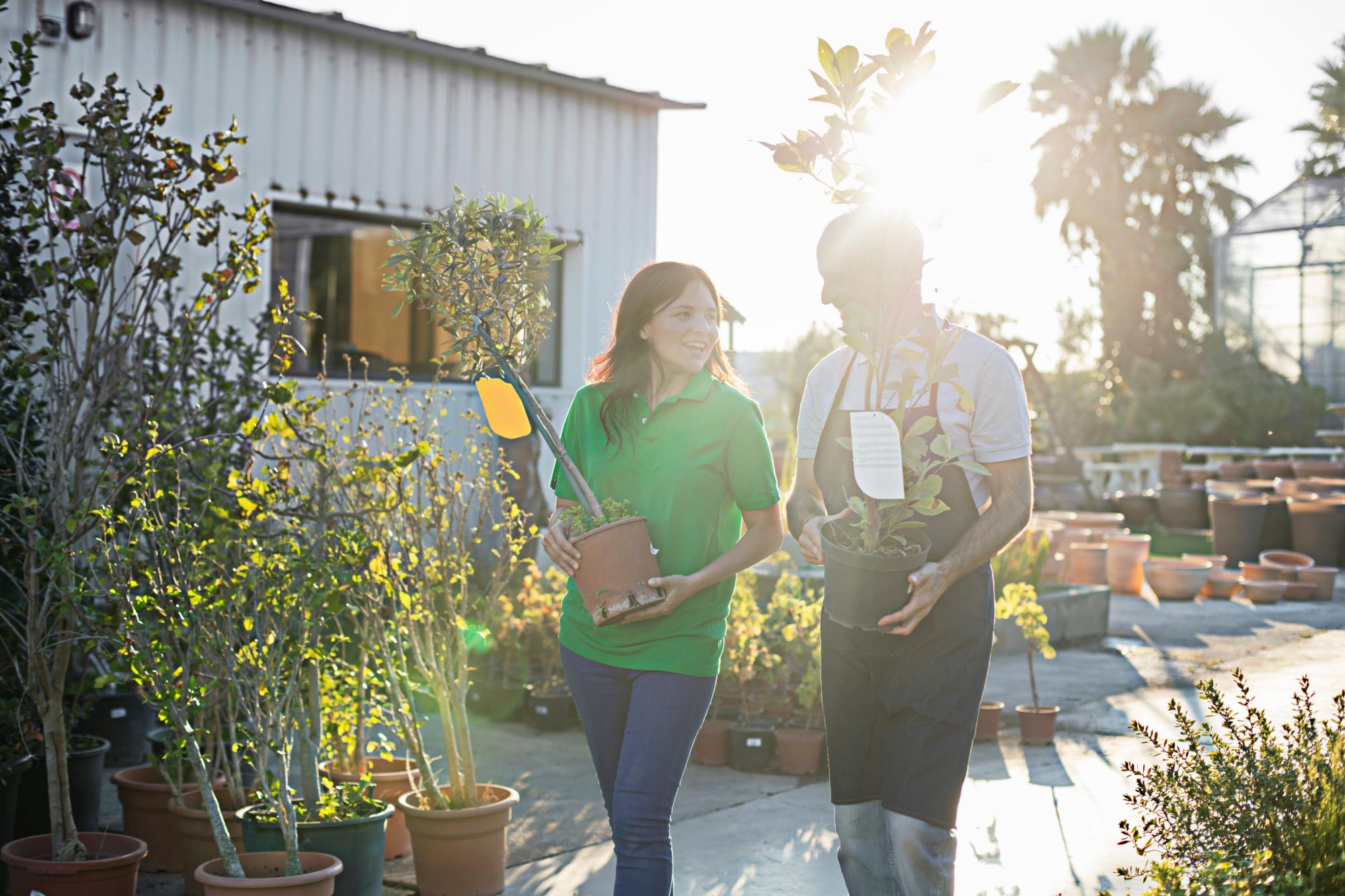
How to Start a Community Organic Garden
Community gardens are sprouting up around the world! As more and more people want healthy food, they are finding ways to grow their own. If they live in the city or have no knowledge of how to garden, they still manage to create safe spaces for growing fresh fruits and vegetables.
n
Tags:
Community gardens are sprouting up around the world! As more and more people want healthy food, they are finding ways to grow their own. If they live in the city or have no knowledge of how to garden, they still manage to create safe spaces for growing fresh fruits and vegetables.
Food is not the only benefit of a community garden. Bringing diverse people together with a common purpose builds a sense of kinship. Lasting friendships are made! An organic garden beautifies a neighborhood, connects adults and children to nature, and is an educational experience for all. Studies have also proven that being outside raises self-esteem and increases mental and physical well-being!
As a group, decide on the details:
Where to Start
- Before you get excited about those first tomatoes off the vine, there is a lot of research and planning to be done. Start by seeing if there is interest in your community. Most towns, especially food deserts and urban areas, would welcome a community garden!
- Talk to your neighbors, friends, and school parents. Hold a meeting for interested parties. Invite gardening organizations, nurseries, teachers, landscapers, farmers, town government officials, and the county extension office.
- Have another meeting with those who want to make a commitment. Choose one person to be in charge, and form committees for the various tasks of finding a site, fundraising, permits, legal contracts, and insurance.
- Who will be able to use the space?
- What kinds of gardens will be allowed? What about small livestock?
- Will there be individual plots? What size? How will they be allotted?
- How will money be raised? Sponsors? Memberships? Annual dues? What will the money be used for?
- Will there be communal tools, or should everyone bring their own?
- Will there be workshops?
- Will there be an area for children to garden?
- Who will maintain the common areas?
Finding a Site
- You will need a piece of land with at least six hours of full sun a day, good soil, access to water, and room for parking. The size will depend on how many gardeners you have. When people hear about your garden they will want to sign up, so find something larger than what you need immediately.
- You have already planted the seed of a community garden in the heads of those at your first meeting. Ask those same people if they know of land to lease or that someone would be willing to donate. In order to build up the soil and recoup the initial investment, ask for a five-year contract.
- Look around your town for open land. Community centers, senior centers, churches, office buildings, and schools can offer a large space with infrastructure. Find the owners of suitable vacant lots by going to your town or county clerk.
Fundraising
- It takes a good chunk of money to start a large garden. Come up with a budget for site prep and infrastructure. Approach garden centers, local businesses, schools, churches, and gardening organizations for funding, or donations of time, materials, and equipment. There are private and government grants online.
- Nature's Path offers an annual grant to community organic gardens. The Gardens for Good grant allows these gardens to further their work in providing local communities with fresh, healthy food.
- Membership dues may cover expenses after the initial outlay. Money collected can go towards tools, a shed, and maintaining the common areas.
- Get creative! Rummage and bake sales, raffles, fundraising concerts or pancake breakfasts, and donation jars in businesses around town can bring in quite a bit.
- Consider becoming a non-profit organization. You can find a fiscal agent as an alternative or while you wait for NP status to come through. Find details on starting a non-profit at Urban Ag Law.
Site Prep
- When you have a site and the necessary legal paperwork is in place, it’s time to prepare the ground. In the summer or fall, plow it and plant a cover crop, such as winter rye, that will get tilled under in the spring. Add lots of compost to improve the soil’s fertility and structure. In the spring, turn the cover crop in, and mark out a plot for each gardener.
- If you are starting in spring, plow the area and add compost. Mark and assign the plots. Gardeners can be responsible for further improving the soil of their plots.
- Leave space for walkways wide enough for a cart or wheelbarrow. Plant a low ground cover, or put down bark mulch or crusher fines to keep down weeds and mud.
- Install irrigation. This will depend on your water source and how your plots are laid out.
Put It in Writing
- Rules provide structure and answer questions that arise. Be sure to put them down in writing and distribute it to all members.
- Create a form of communication for the group via email, a social media group, or a phone tree. Hold regular meetings. Help the members feel like it is a real community.
Education
- A natural consequence of a community garden is seasoned gardeners teaching others by answering questions. You can also offer workshops or classes for the group. Contact the county extension office, local growers, and garden clubs for speakers and teachers. Topics could be growing plants from seed, how to grow a specific vegetable or fruit, how to compost, the importance of worms, organic soil amendments and fertilizers, and putting food up for winter. Members may also have certain things they would like to learn.
- Part of growing food is learning how to prepare it. Potlucks and recipe sharing further advance the education of community gardeners.
Extras
- As time goes on and money allows, add a greenhouse, water catchment, farm stand, or a bulletin board.
- During the season, you will find what your gardeners want or need. Make decisions as a group, and watch your community grow and thrive!
- Don’t feel you need to reinvent the wheel. The American Community Gardening Association offers details of every aspect of starting a community garden.
Would you like to be the first to hear about our new products and more? Sign up for our Nature’s Path Newsletter.








